TRYING TO COME UP WITH NAMES FOR MY FANTASY CHARACTERS
TRYING TO COME UP WITH NAMES FOR MY FANTASY CHARACTERS

More Posts from Aura-ra-ra-ra and Others

“We Wear Culture” is a collaboration between Google and more than 180 museums, schools, fashion institutions, and other organizations from all parts of the globe. It’s part of Google’s Arts & Culture platform, which is digitizing the world’s cultural treasures, and functions as a searchable guide to a collective archive of some 30,000 fashion pieces that puts “three millennia of fashion at your fingertips,” Google says.
But it isn’t just a database. Google has worked with curators to create more than 450 exhibits on different topics—say, how the cheongsam changed the way Chinese women dress—making the site an endlessly entertaining, educational portal filled with stunning imagery touching on everything from modern Japanese streetwear to the clothes worn at the court of Versailles.
i can already tell this has made writing for historical fandoms – the worst part of which, for me, is absofuckinglutely hands-down the clothing – much easier.




We 💜💜💜 @erin.mane.maven

Don’t let debris catch you slippin
Tips for Writing Magic
So, as we all know, there are many different kinds of magic — and more being discovered every day as writers create them. It’s true that every world as different and therefore each type of magic created will be different, but following a few of these tips can help you flesh it out just a bit more.
1. Consider your world’s history. Were there ever any major events involving magic or knowledge of it? How has magic proven useful in the past? How much has your culture changed since that time; are its past uses still applicable? Has there been a history of more powerful people having a possession or knowledge of magic?
2. Decide how magic is seen through the eyes of the people. Is it taboo? Dangerous? Helpful? Is it a practice that has to be kept in secret or can it be done anywhere? Are there certain places for it? Consider the people with more knowledge of it: are they seen as wise or dangerous? Are there people with professions dedicated to it?
3. Determine its use in everyday life. Is it used to help complete regular tasks? What about in education? If your world has an education system, what is magic’s importance within it? Are there everyday items that posses magic? Are these items considered benevolent or evil? Can items be enchanted to help around the house, or is magic reserved only for things of major importance?
4. Think about the people using it. Is there a general age range for people using it? If the range is broad, are there common uses for each age group? More than age, is there a general social status of people with access to it? Is there a stereotype that follows these people? Or a wealth level? Or even an appearance?
So, those are all the magic tips I’ve got for you today. If you’d like to see me cover a topic, be sure to drop a message in my ask box; see you next time with another writing post!
doritos cheetos fritos tostitos
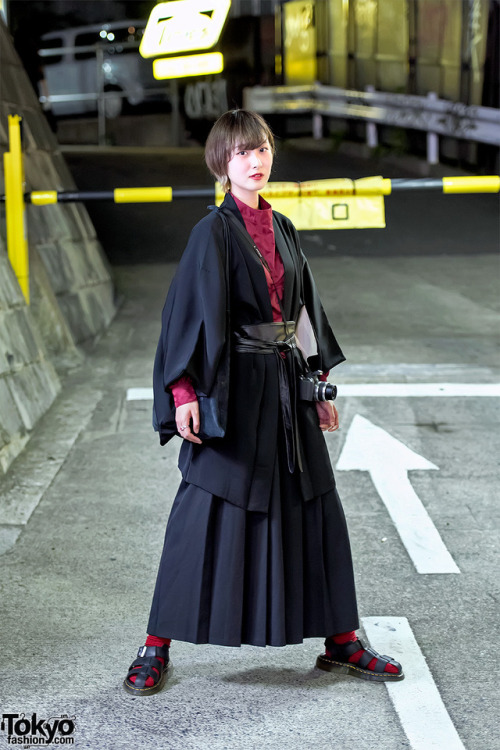
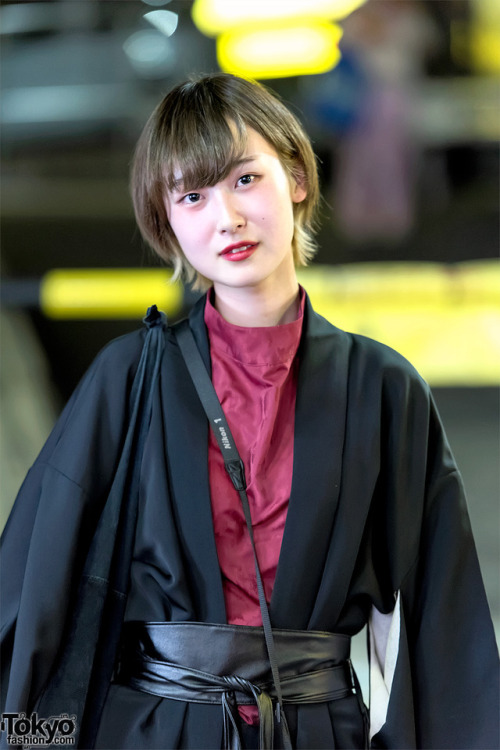
19-year-old Japanese college student Nao on the street in Shibuya wearing a vintage haori and hakama with a corset belt and Dr. Martens sandals. Full Look

Doesn’t matter how tough you think someone is , when fear is a cage that holds the mind paralysis of any hope.
-
 likeatearinttherain liked this · 2 months ago
likeatearinttherain liked this · 2 months ago -
 feikyuu liked this · 3 months ago
feikyuu liked this · 3 months ago -
 403notfound liked this · 3 months ago
403notfound liked this · 3 months ago -
 loretrip liked this · 3 months ago
loretrip liked this · 3 months ago -
 pretzel-t liked this · 6 months ago
pretzel-t liked this · 6 months ago -
 russetfoxfur reblogged this · 6 months ago
russetfoxfur reblogged this · 6 months ago -
 katok0r0e liked this · 6 months ago
katok0r0e liked this · 6 months ago -
 python-string reblogged this · 7 months ago
python-string reblogged this · 7 months ago -
 rottingfire liked this · 8 months ago
rottingfire liked this · 8 months ago -
 thestormthatrises reblogged this · 8 months ago
thestormthatrises reblogged this · 8 months ago -
 montypythonswine liked this · 9 months ago
montypythonswine liked this · 9 months ago -
 liluthenerd liked this · 9 months ago
liluthenerd liked this · 9 months ago -
 yeehawgeek liked this · 9 months ago
yeehawgeek liked this · 9 months ago -
 trans-emet-selch liked this · 9 months ago
trans-emet-selch liked this · 9 months ago -
 kanawolf reblogged this · 9 months ago
kanawolf reblogged this · 9 months ago -
 kanawolf liked this · 9 months ago
kanawolf liked this · 9 months ago -
 ems-side-blog-for-writing reblogged this · 9 months ago
ems-side-blog-for-writing reblogged this · 9 months ago -
 littlebabyemi liked this · 9 months ago
littlebabyemi liked this · 9 months ago -
 teefsies reblogged this · 9 months ago
teefsies reblogged this · 9 months ago -
 teefsies liked this · 9 months ago
teefsies liked this · 9 months ago -
 arlothia reblogged this · 9 months ago
arlothia reblogged this · 9 months ago -
 gamelpar reblogged this · 9 months ago
gamelpar reblogged this · 9 months ago -
 yourfavegyptiangirl liked this · 11 months ago
yourfavegyptiangirl liked this · 11 months ago -
 luxaii liked this · 11 months ago
luxaii liked this · 11 months ago -
 teillealamer reblogged this · 1 year ago
teillealamer reblogged this · 1 year ago -
 wordbreaker liked this · 1 year ago
wordbreaker liked this · 1 year ago -
 gageblackwood reblogged this · 1 year ago
gageblackwood reblogged this · 1 year ago -
 gageblackwood liked this · 1 year ago
gageblackwood liked this · 1 year ago -
 w0nderlamb reblogged this · 1 year ago
w0nderlamb reblogged this · 1 year ago -
 knight-of-the-graces liked this · 1 year ago
knight-of-the-graces liked this · 1 year ago -
 the-final-disciple liked this · 1 year ago
the-final-disciple liked this · 1 year ago -
 catherea reblogged this · 1 year ago
catherea reblogged this · 1 year ago -
 catherea liked this · 1 year ago
catherea liked this · 1 year ago -
 a-boros-named-seamus reblogged this · 1 year ago
a-boros-named-seamus reblogged this · 1 year ago -
 sisi-the-undead reblogged this · 1 year ago
sisi-the-undead reblogged this · 1 year ago -
 atpk liked this · 1 year ago
atpk liked this · 1 year ago -
 sheyshocked reblogged this · 1 year ago
sheyshocked reblogged this · 1 year ago -
 sheyshocked liked this · 1 year ago
sheyshocked liked this · 1 year ago -
 concentfortea liked this · 1 year ago
concentfortea liked this · 1 year ago -
 ebonquill reblogged this · 1 year ago
ebonquill reblogged this · 1 year ago -
 ninjathrowingstork reblogged this · 1 year ago
ninjathrowingstork reblogged this · 1 year ago -
 sirkazuki liked this · 1 year ago
sirkazuki liked this · 1 year ago -
 hydrangeahelper reblogged this · 1 year ago
hydrangeahelper reblogged this · 1 year ago -
 taski-guru liked this · 1 year ago
taski-guru liked this · 1 year ago -
 james-town reblogged this · 1 year ago
james-town reblogged this · 1 year ago -
 james-town liked this · 1 year ago
james-town liked this · 1 year ago -
 aimless-passerby reblogged this · 1 year ago
aimless-passerby reblogged this · 1 year ago -
 afishyfeeling liked this · 1 year ago
afishyfeeling liked this · 1 year ago
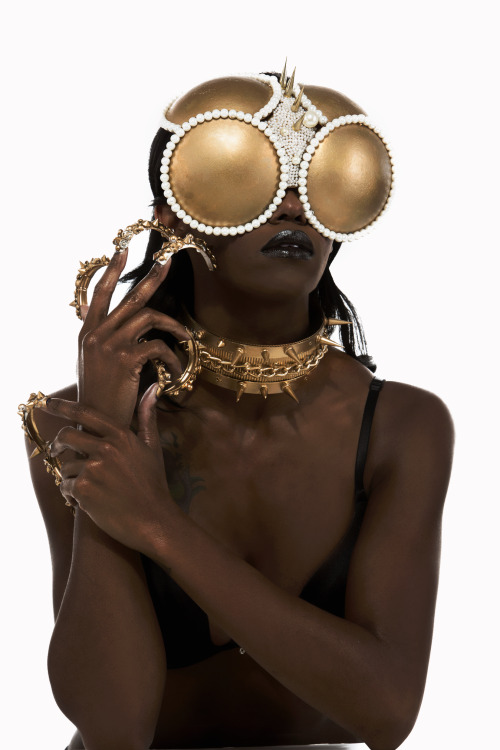
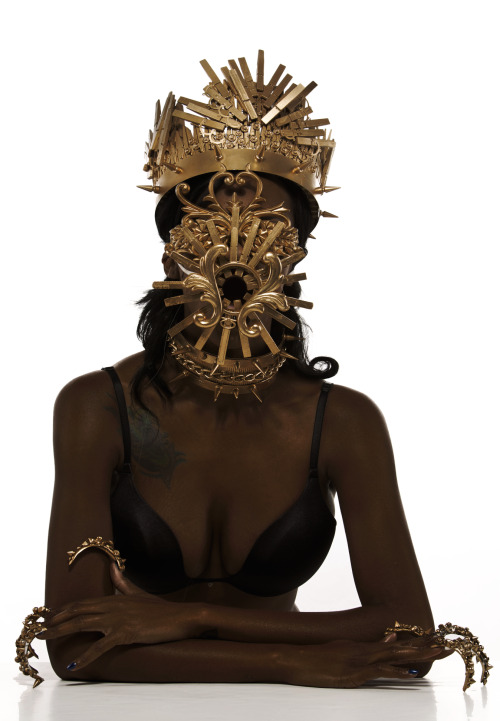
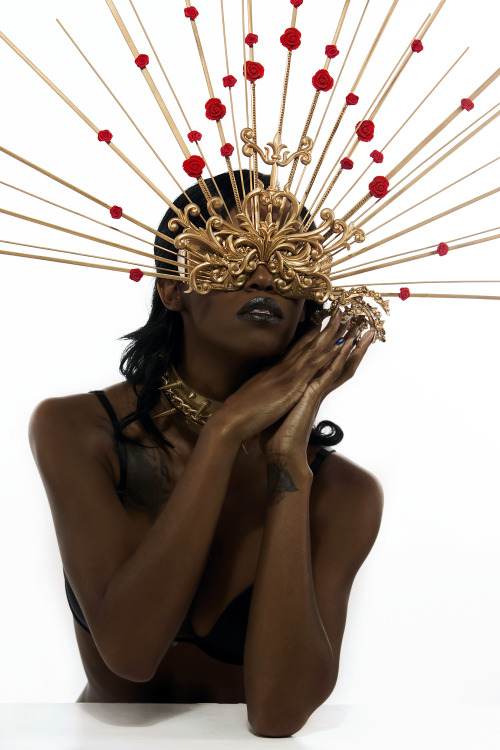


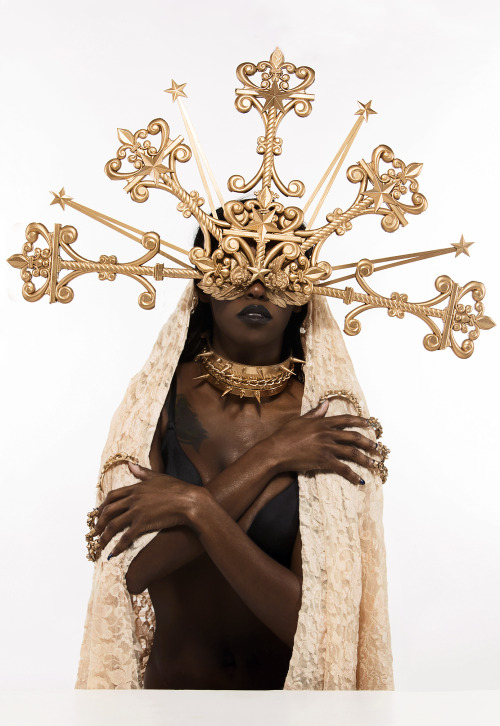
![3D-printed Sovereign Armor With LED Lights [x]](https://64.media.tumblr.com/b3910675feaffe1ccb0cd9b33b17975a/tumblr_onvqj3ecVT1vnq1cro2_500.gif)
![3D-printed Sovereign Armor With LED Lights [x]](https://64.media.tumblr.com/46c972d946d4b098565ac777494bb364/tumblr_onvqj3ecVT1vnq1cro6_500.jpg)
![3D-printed Sovereign Armor With LED Lights [x]](https://64.media.tumblr.com/08331c71b90ac8e02cccab5a973ef4b9/tumblr_onvqj3ecVT1vnq1cro3_500.gif)
![3D-printed Sovereign Armor With LED Lights [x]](https://64.media.tumblr.com/b65b8d45cc8ae476c2322a0594adf58e/tumblr_onvqj3ecVT1vnq1cro4_500.jpg)
![3D-printed Sovereign Armor With LED Lights [x]](https://64.media.tumblr.com/9d5fc2d18c74b17ff4325b42c8c07f2c/tumblr_onvqj3ecVT1vnq1cro1_500.gif)